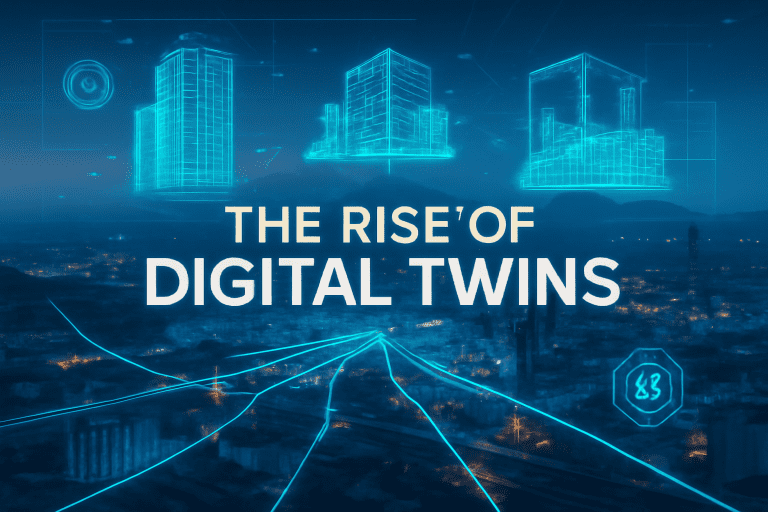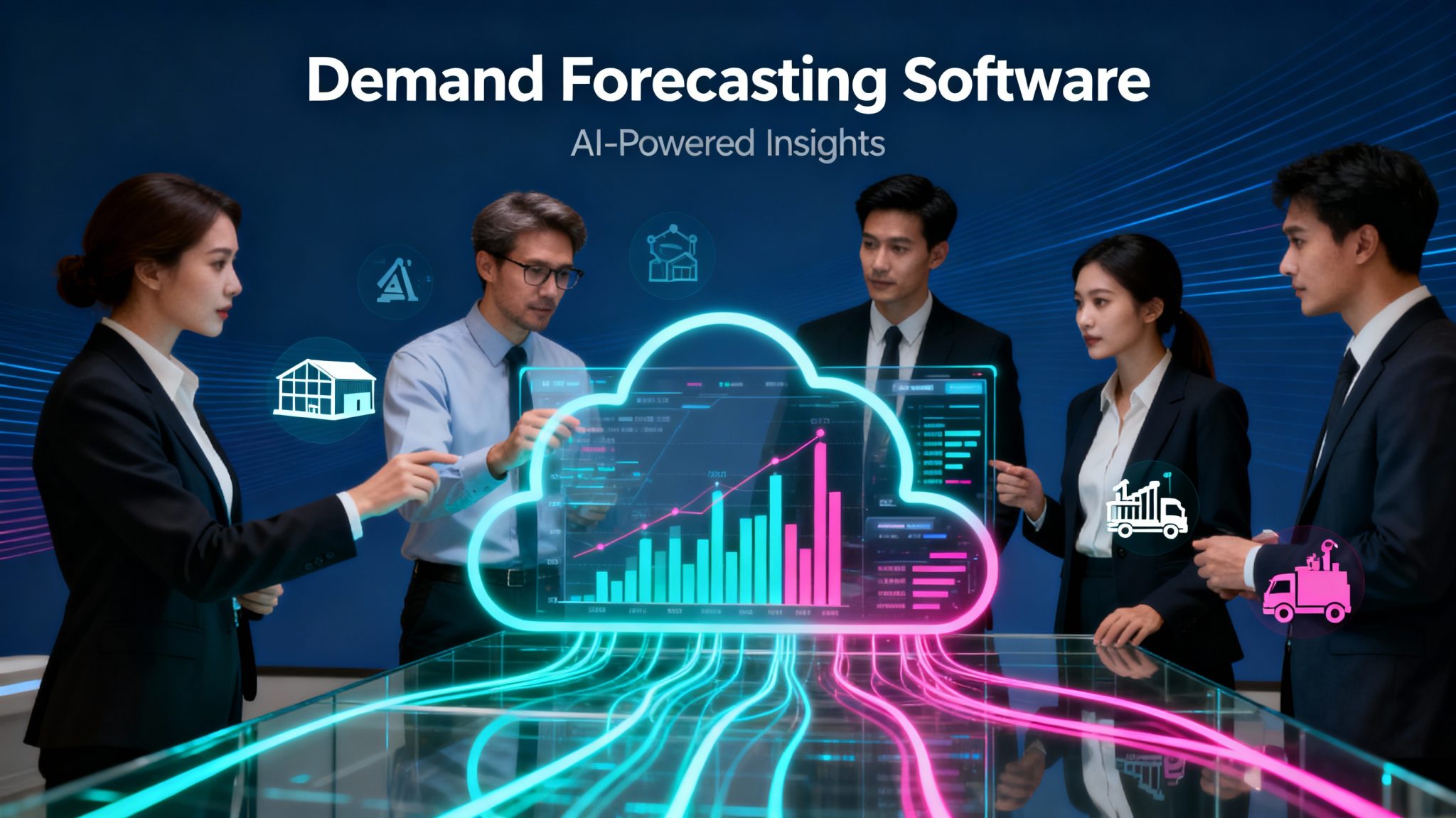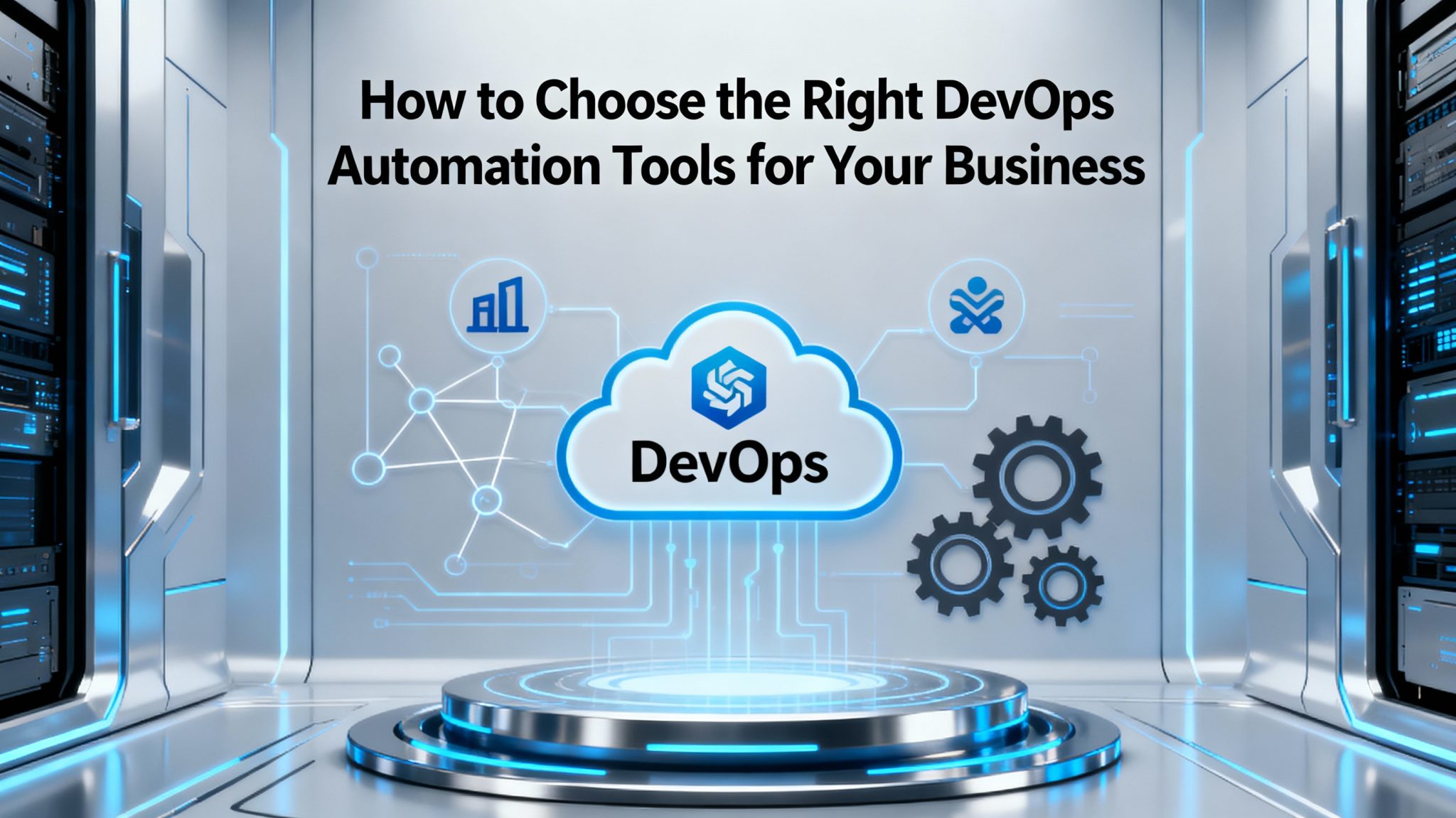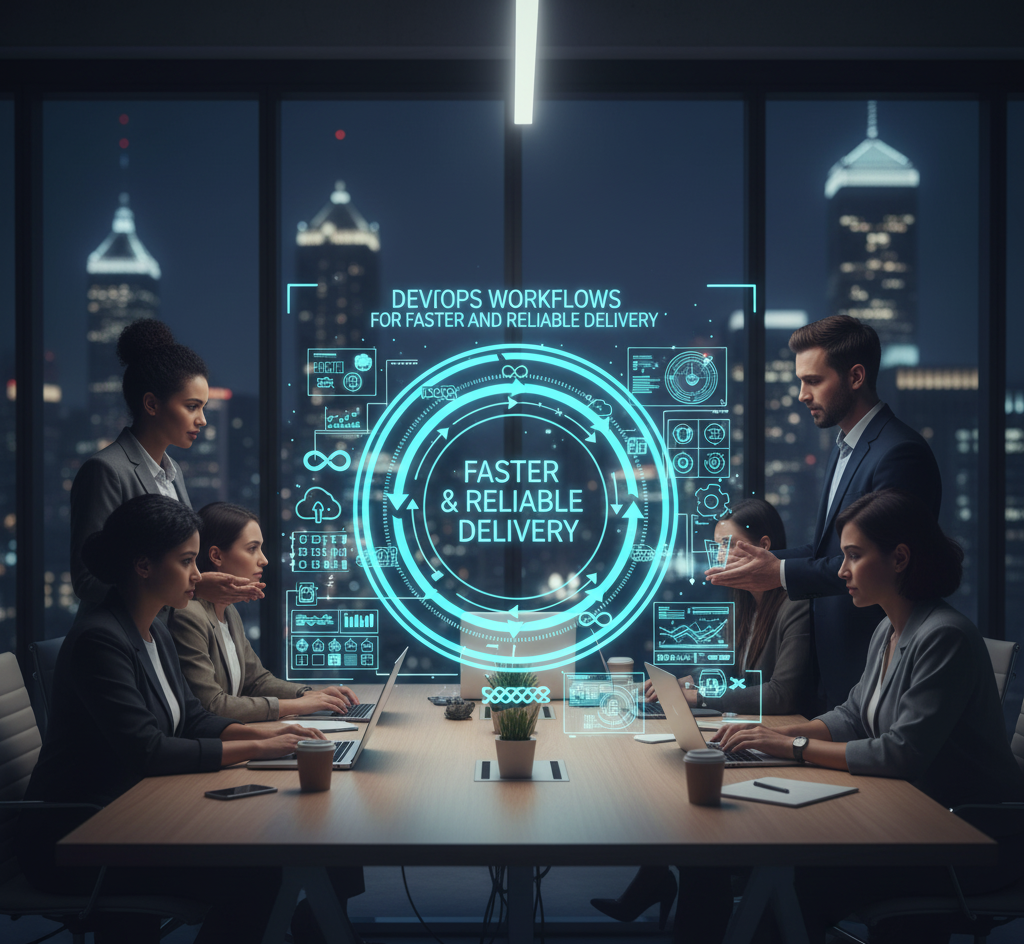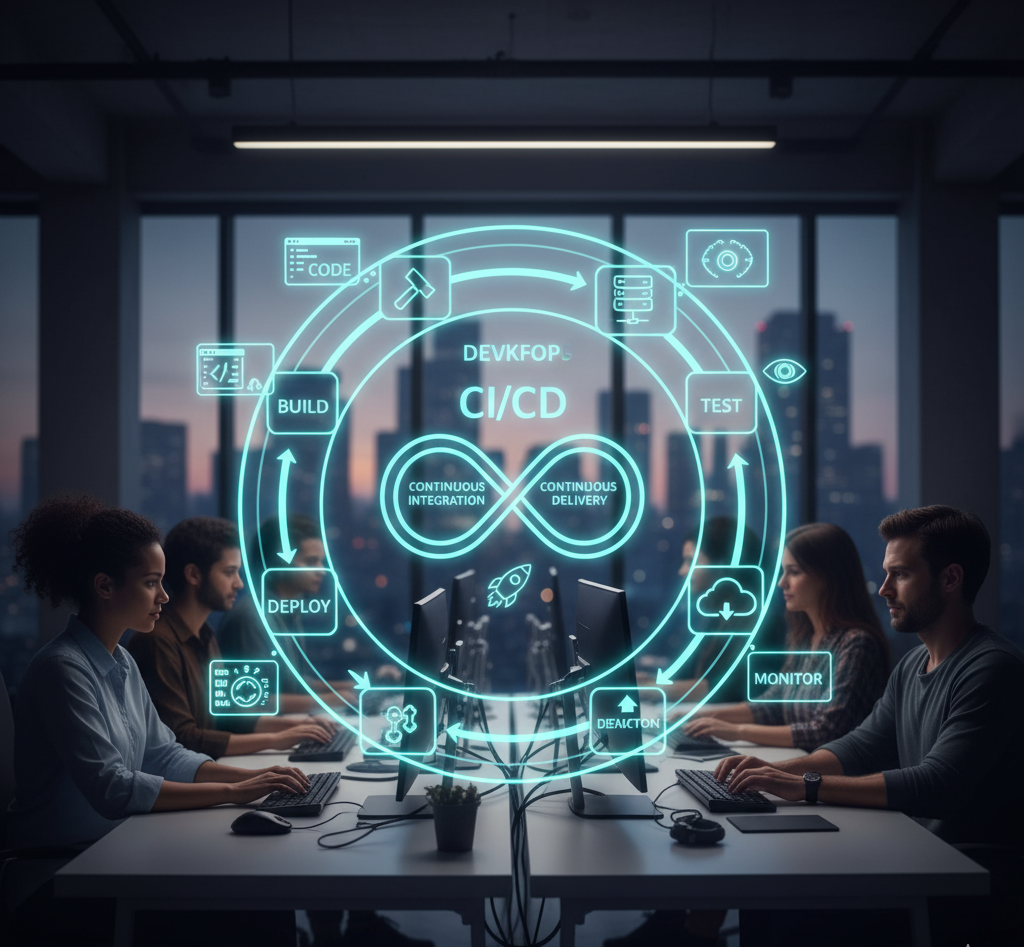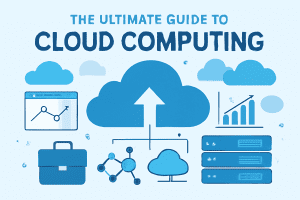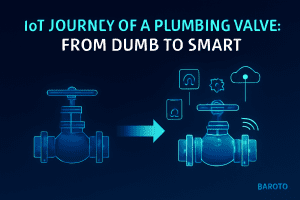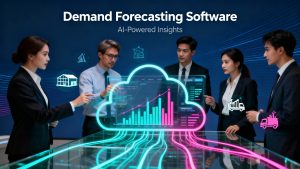Introduction
Digital twins—virtual replicas of physical objects, systems, or processes—are rapidly transforming the industrial landscape. By bridging the gap between the real and digital worlds, these sophisticated virtual models allow organizations to simulate, monitor, and optimize operations in real time. As businesses grapple with increasing complexity, talent shortages, and global competition, digital twins offer a pathway to smarter decision-making, reduced costs, and unprecedented efficiencies. Understanding how these technologies are revolutionizing industries is crucial for leaders aiming to remain competitive and future-ready.
What Are Digital Twins and Why Are They Important?
-
Digital twins are detailed digital replicas of physical assets, processes, or systems, continuously updated using real-world data from sensors, IoT devices, and analytics platforms.
-
These models reflect the current state and behavior of their physical counterparts, allowing organizations to:
-
Simulate “what-if” scenarios for operational planning.
-
Predict issues and enable proactive maintenance.
-
Monitor performance and health of assets in real time.
-
-
Why are they important?
-
Enable safer, faster, and more cost-effective testing without physical risks.
-
Provide insights to improve design, manufacturing, and end-user experiences.
-
Lead to significant cost savings, increased uptime, and higher customer satisfaction.
-
Key Market Statistics
-
The global digital twin market is projected to reach $27.53 billion in 2025, with forecasts exceeding $471 billion by 2034—a CAGR of over 37%.
-
Adoption is accelerating across sectors, with manufacturing, healthcare, construction, smart cities, and aerospace leading the way.
How Digital Twins Are Transforming Industries
Manufacturing
-
Real-time asset monitoring and predictive maintenance minimize downtime and lower repair costs.
-
Digital twins facilitate optimized production lines, reduced waste, and improved product quality.
-
Companies like Mars are leveraging digital twins to enhance capacity, reduce packaging errors, and maximize equipment uptime.
Healthcare
-
Virtual models of the human body allow for better diagnosis, treatment, and personalized care.
-
Hospital operations and logistics are improved through simulation and predictive analytics.
Architecture, Construction, and Smart Cities
-
Digital twins model buildings and infrastructure for planning, safety analysis, and efficient resource management.
-
Cities use digital twins for traffic and utility management, disaster response, and sustainability initiatives.
Aerospace & Automotive
-
Simulate and test aircraft and vehicle performance before physical prototypes are built.
-
Predict maintenance needs, reducing unexpected failures and extending asset life.
Energy and Utilities
-
Power plants and grids use digital twins for real-time operation optimization and maintenance scheduling.
-
Renewable energy assets (e.g., wind turbines) benefit from predictive analytics for improved efficiency.
Conclusion
Digital twins are much more than a technological trend; they are a transformative force reshaping how industries operate. By merging digital intelligence with physical systems, organizations unlock new value from their assets, making operations smarter, safer, and more sustainable. As adoption rises and AI-driven automation deepens, the only question is how fast businesses will implement these tools to gain and sustain competitive advantage.
Ready to future-proof your operations? Now is the time to explore and invest in digital twin technologies for transformative results.
FAQ
1. What is a digital twin?
A digital twin is a virtual replica of a physical asset, process, or system, constantly updated with real-time data to simulate and optimize performance.
2. Which industries use digital twins the most?
Manufacturing, healthcare, construction, smart cities, aerospace, and energy are leading adopters.
3. How do digital twins save costs?
By predicting failures, optimizing operations, and enabling proactive maintenance, digital twins reduce downtime, resource waste, and maintenance expenses.
4. Are digital twins only for large businesses?
While early adoption was led by large enterprises, advancements in IoT and cloud/edge computing are making digital twins accessible to mid-sized and even small companies.
5. What challenges are there in adopting digital twins?
Key hurdles include integration with legacy systems, data privacy, high upfront costs, and ensuring data quality.
